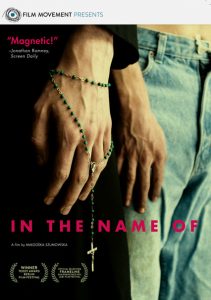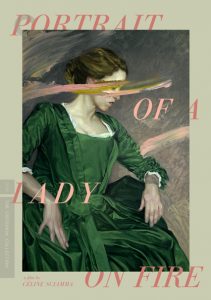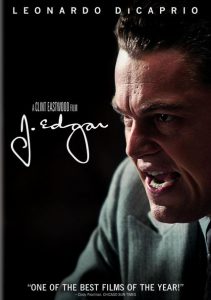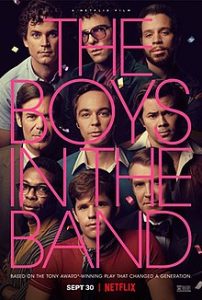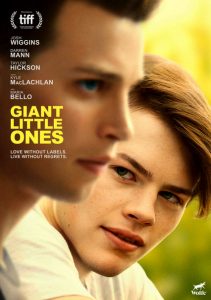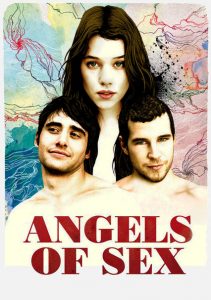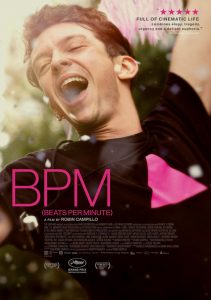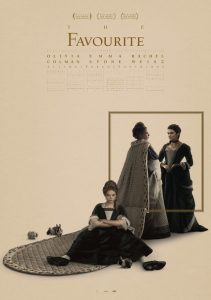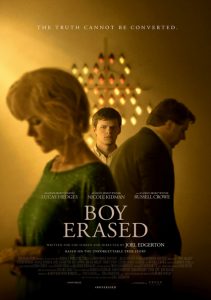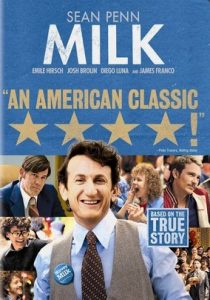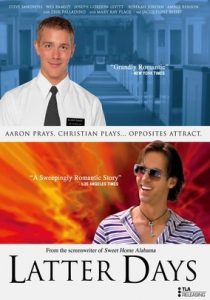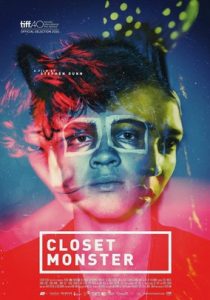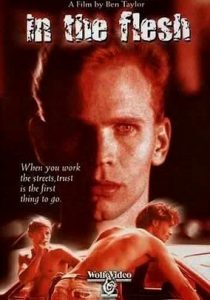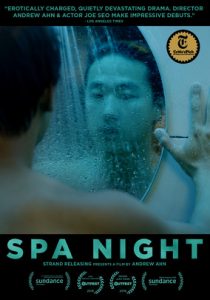When Love Comes-1998
Director Garth Maxwell
Starring Rena Owen, Dean O’Gorman, Simon Prast
Scott’s Review #1,340
Reviewed February 3, 2023
Grade: B+
When Love Comes (1998) is a New Zealand film, spoken in English, by filmmaker Garth Maxwell. It starts slow and muddled but quietly captures me with its thoughtful and humanistic tones of emotion, conflict, and sexuality.
There are no subtitles which makes the dialogue hard to follow given the accents and may knock the film down a smidgen for me but the main stories are enthralling with deep texture.
More or less an ensemble of six acquaintances, and three of the characters get the most screen time.
The main character is washed-up singer Katie Keen (Rena Owen) who struggles to create a new life for herself while coping with her absent admirer Eddie and living with her best friend, Stephen.
Stephen is in love with sexually confused ex-hustler Mark, while, band members Fig and Sally, smitten with each other, yearn for success while traipsing around town and the beaches together.
The most interesting storyline is LGBTQ+ centered. Given the time was 1998 when gay films were just starting to make their presence known, Stephen and Mark have the most depth.
Admittedly, a couple of story points are disjoined like why the men have trouble admitting their feelings for each other and Mark’s anger issues cause him to smash a window. In the end, their story wraps nicely and Maxwell gets points for making the audience appreciate the couple.
The lesbians get short shrift. Are they gay or bisexual? If bisexual, are they a couple or what is their arrangement? Don’t get me wrong, they are fun to watch shred the guitar and beat mercilessly on the drums as they raucously perform but little is known about their lives.
Even though When Loves Comes is an ensemble the lead character is Katie. I fell in love with her character because she is the most well-written. At one time a big pop singer, her star faded and she is at a crossroads.
As she whimsically gazes at the crashing waves the expression on her face reveals the deep thought and regrets in her life.
Unfortunately, her love interest, Eddie, is heard from but does not appear in the flesh until pretty deep into the film. Therefore, there is not much rooting value for the couple and we don’t know much about Eddie.
Surprisingly, despite this miss, there is a connection I felt for Katie and Eddie. Rena Owen is a terrific actress revealing expressions and a veneer we deeply want to explore.
There is a decent amount of flesh in the sex scenes which makes for some fun but the wise move is to stick to the character motivations and watch them develop.
This can be said with only three of the characters and I wished for more grit from Eddie, Fig, and Sally.
When Love Comes feels lopsided at times but succeeds as a slow-build film. Nothing is done quickly or forcefully instead crafting long scenes of dialogue but the conversations have something to say rather than existing as filler or a bridge to get to more important scenes.
I respect the cinematography because it has a softer independent film look which is of course what it is. A big budget is not needed for a film about people and the sequences showing Aukland are wonderful.
Keeping the time frame in mind, I wish I saw When Love Comes (1998) at the time it was released. It would have packed a harder punch than it does twenty-five years later when plenty of similar-toned films have been made.

